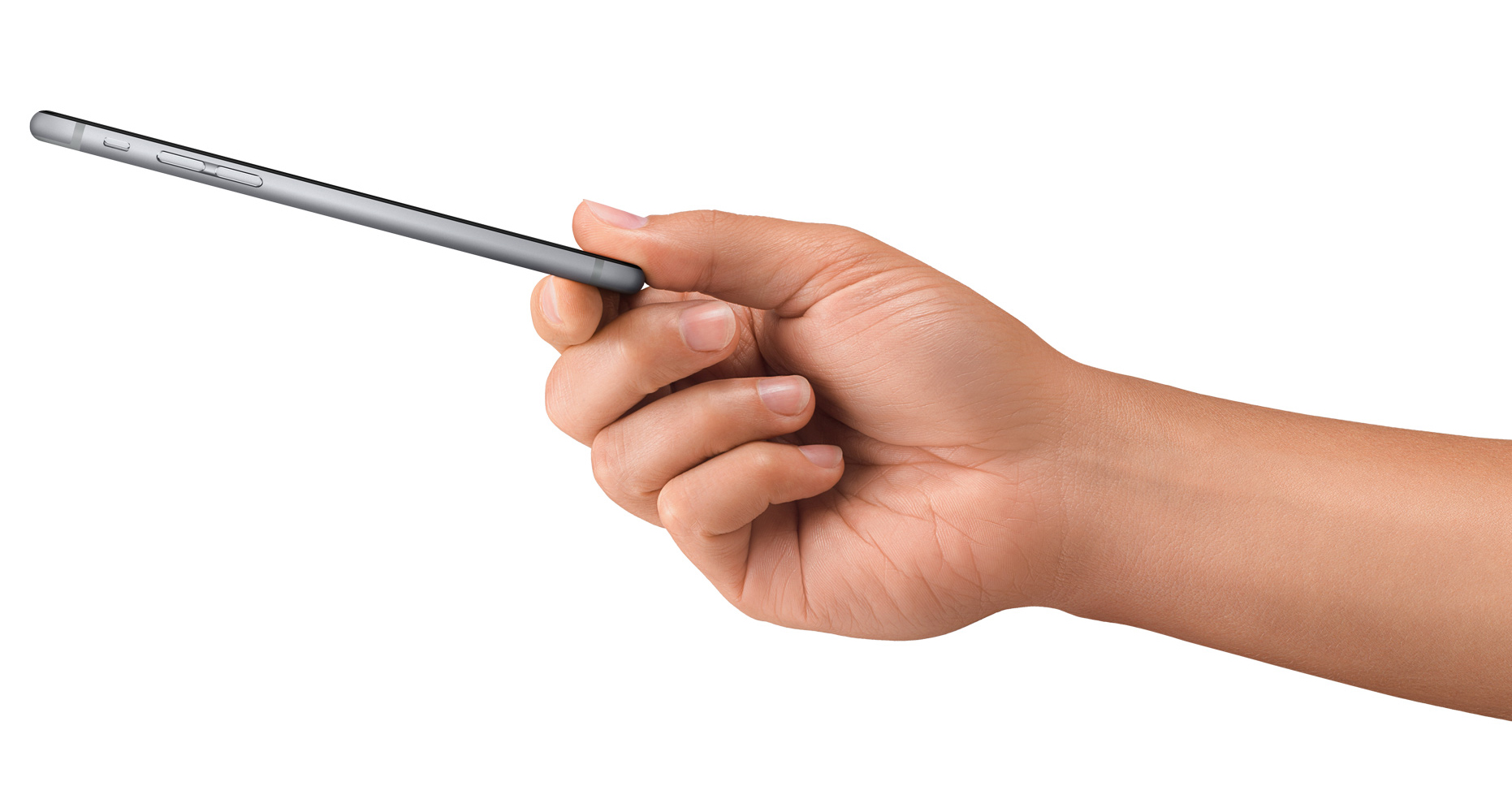
- 2 Min Read / Blog / 3.2.2020

Between its announcements of major new iPhone editions and the introduction of an entirely new wearable platform, Apple devoted a healthy third of its media keynote event to a topic that might seem to pale in comparison—mobile payments. The mobile banking industry hasn’t been without innovation over the past few years, with app-enabled transactions and point-of-sale reinventions, but some technology companies have begun aiming higher. Apple has long touted its massive population of credit card–inclusive Apple ID accounts used in the iTunes and App Stores, and today it upped the ante on how useful those accounts can be. The company has developed a top-to-bottom system that replaces traditional in-store transactions, and makes it possible for iOS users to leave their wallets at home. The iPhone and Apple Watch might grab headlines today, but Apple Pay might just wind up being what today’s keynote is best remembered for.
Rumors circulated about Apple partnerships with major credit card companies in the weeks leading up to today’s event, including American Express, MasterCard, and Visa. Fans anticipated a new take on mobile payments assisted by NFC technology, whether built into the new iPhone lineup or the anticipated wearable device. Several Android devices have made use of NFC for in-store payments for a number of years, made possible by Google Wallet’s card organization and mobile transactions system. This functionality has long been held up as an Android advantage over the iOS ecosystem, but Apple put an end to it this afternoon.
“A truly mobile wallet—one that would let you easily pay for restaurant meals, subway rides or beers at a bar with a quick wave of your cellphone—has long been described as imminent. But it remains elusive.” —Jenna Wortham, New York Times
Today, Apple announced Apple Pay, which builds on iOS’s Passbook and allows for the addition of credit cards and at-register transactions using the NFC chips in iPhone 6 and Apple Watch. Users can add the payment cards associated with their Apple ID automatically upon setting up a new iPhone 6 or 6 Plus, and can use the iPhone camera to tie in additional cards over time. Apple announced partnerships with dozens of massive restaurant chains and retailers, including Walgreen’s, Macy’s, McDonald’s, and, of course, Apple’s own retail stores. At the point of sale, users can take out their iPhone and choose a payment card from Passbook’s stacked list. Tapping the iPhone on NFC sensors at hundreds of thousands of registers across the country initiates the sale, and users can confirm with Touch ID on their iPhone 6 home button.
Apple Pay isn’t limited to the register, however—the system works inside of iOS apps from third parties, as well. Major e-commerce partners like Target and Uber announced their intent to integrate Apple Pay into their apps. When iOS 8 launches next week, users can request and pay for an Uber ride, pick up their tab on OpenTable, and purchase their Target cart with a simple “Apple Pay” button and Touch ID authorization. This brings Apple’s payment system to feature parity with Google Wallet, the standard mobile payments platform on Android. Google, too, offers in-store NFC-assisted transactions and online one-tap purchasing, but Apple’s competitor is already enjoying a level of marketing visibility that Wallet hasn’t seen. Just by virtue of Apple’s immensely popular iOS ecosystem and the buzz surrounding these new devices, Apple Pay seems uniquely positioned to dominate the mobile payments industry right out of the gate.
Apple isn’t suggesting you hand over your card information lightly, however. The company has integrated a slew of security measures that will prevent information from getting into the wrong hands. Each Apple Pay transaction must be authorized by a user’s fingerprint using Touch ID and generates a dynamic security code, specifically for use on that purchase. In the event that an iPhone is lost or stolen, customers can user iCloud’s Find My Phone feature to suspend any transactions initiated from that device and lock it down completely. Plus, since the credit cards themselves aren’t stored on the phone, there’s no need to cancel them. With Apple Pay, confidential information like card numbers, expiration dates, and security codes—once visible to anyone within eyesight of a credit card—are hidden behind a secure layer of anonymity.
Apple Pay has the potential to fully transform in-store payment experiences, and could see an unprecedented degree of market penetration for a technology this novel. Punchkick researcher Daniel Cortes argues the system might be the first to see actual consumer use.
“Although Apple Pay is at feature parity with Google Wallet, it’ll likely be the catalyst for the takeoff of mobile NFC payments. Whenever I pay with my [Android] phone today, I get weird looks. That’s probably going to change in a couple months.”
Apple unabashedly wants to replace the wallet, just as the iPhone has done for point-and-shoot cameras and digital media players. Its solution is simple and elegant enough to capture the imagination, but it remains to be seen how quickly iOS fans will adopt it. Who knows—the more than 200,000 retail locations Apple cites as compatible with the iPhone 6 and Apple Watch’s NFC antennae might just see an uptick in tech-savvy traffic as a result.